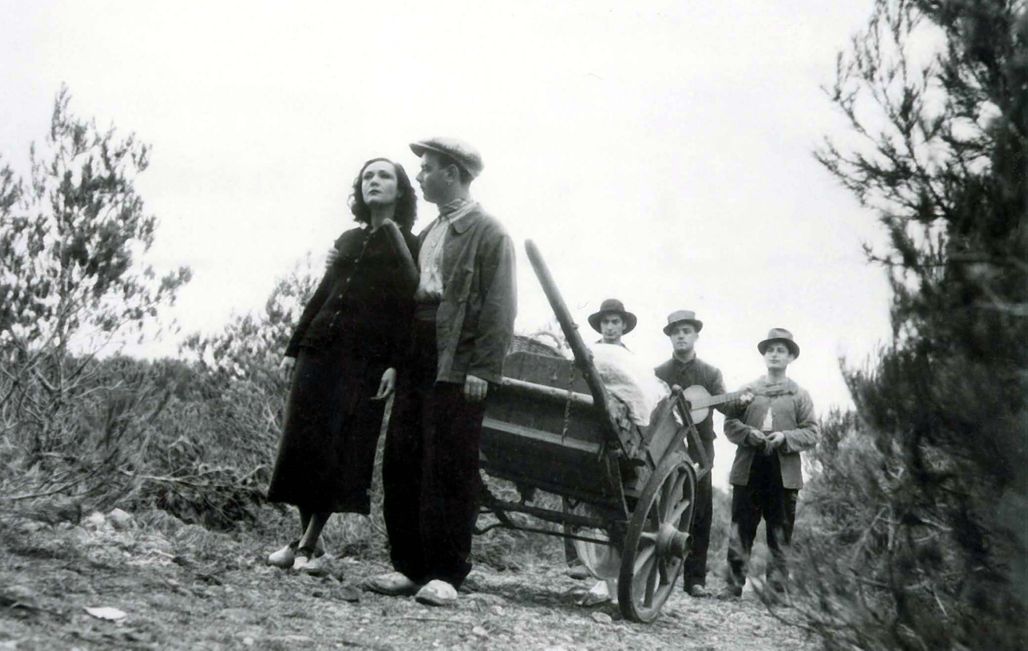
Jean Renoir’s Toni, the beginnings of neorealism

In the fertile filmography of Jean Renoir, between 1932's Boudu sauvé des eaux (Boudu Saved from Drowning) and 1936's Le Crime de Monsieur Lange (The Crime of Monsieur Lange), in 1934 there was Toni, a film viewed by many as laying the foundations of Italian neorealism. It is presented at Cannes Classics in a restored version.
A prolific filmmaker in multiple genres, Jean Renoir also turned his hand to social realism. "Toni is one of his key films, it is neither the best nor the most perfectly constructed, but the morality is fundamental" André Bazin once said of the film. A morality which, in the eyes of the critic, is a precursor to that of La Règle du jeu (The Rules of the Game, 1939), at a time when Renoir began to sympathise with the cause of the left, in the era of the Popular Front.
In the region of Martigues, in the south of France, Toni is the story of a passionate crime committed years earlier and told to the director by a police chief friend. Embracing French, Italian, Spanish, behind the human interest story, the film raises issues of belonging and identity, beyond national boundaries. Jean Renoir turns fact into fiction, while showing these men's ability to integrate into their environment. "My country is the one that gives me food" says one of the characters in the film.
Toni is Italian and has moved to the region to work in the quarries of southern France. His situation reflects the social reality of 1930s France when, in the years following the depression, the country relied on the help of a million workers from southern Europe. With an innovative take on social realism, many view Renoir's aesthetic as an early precursor to Italian neorealism, from the real-life context in the heart of Provence, to the scrubland as a natural backdrop, and a cast that included the locals (with a few professional actors, too), mostly Spanish and Piedmontese immigrants.
The collaboration of a young Luchino Visconti – who went on to make the first film acknowledged as neorealist work in 1942 with Ossessione (Obsession) – further reinforces this embedded approach.


